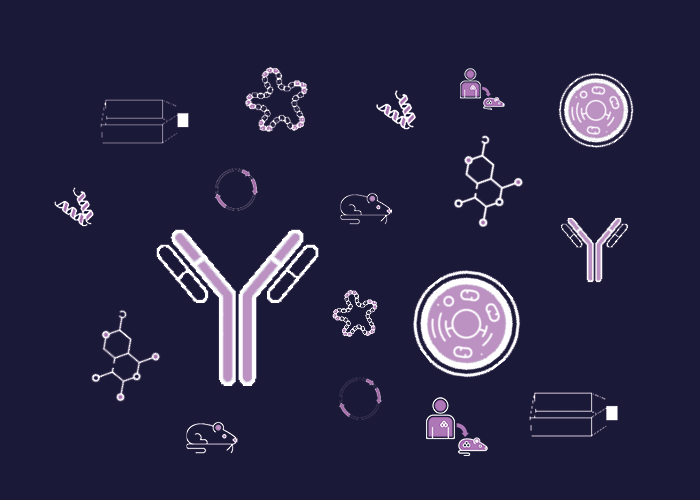
Cat. #151195
Anti-ORC1 [TK 1/2]
Cat. #: 151195
Sub-type: Primary antibody
Unit size: 100 ug
Availability: 3-4 weeks
Target: ORC1
Class: Monoclonal
Application: IHC ; IP ; WB
Reactivity: Xenopus laevis
Host: Mouse
£300.00
This fee is applicable only for non-profit organisations. If you are a for-profit organisation or a researcher working on commercially-sponsored academic research, you will need to contact our licensing team for a commercial use license.
Contributor
Inventor: Julian Gannon
Institute: Cancer Research UK, London Research Institute: Clare Hall Laboratories
Tool Details
*FOR RESEARCH USE ONLY (for other uses, please contact the licensing team)
- Name: Anti-ORC1 [TK 1/2]
- Research fields: Genetics
- Clone: TK 1/2
- Tool sub type: Primary antibody
- Class: Monoclonal
- Conjugation: Unconjugated
- Strain: Balb/c
- Reactivity: Xenopus laevis
- Host: Mouse
- Application: IHC ; IP ; WB
- Description: DNA replication in S. cerevisiae requires the action of a multisubunit complex of six proteins known as the origin recognition complex (ORC). The identification of higher eukaryotic homologs of several ORC components suggests a universal role for this complex in DNA replication.
- Immunogen: Full length ORC1 protein - Xenopus laevis
- Isotype: IgG2a
- Myeloma used: Sp2/0-Ag14
Target Details
- Target: ORC1
- Target background: DNA replication in S. cerevisiae requires the action of a multisubunit complex of six proteins known as the origin recognition complex (ORC). The identification of higher eukaryotic homologs of several ORC components suggests a universal role for this complex in DNA replication.
Applications
- Application: IHC ; IP ; WB
Handling
- Format: Liquid
- Concentration: 0.9-1.1 mg/ml
- Unit size: 100 ug
- Storage buffer: PBS with 0.02% azide
- Storage conditions: -15° C to -25° C
- Shipping conditions: Dry ice
References
- Tugal et al. 1998. J Biol Chem. 273(49):32421-9. PMID: 9829972.
- The Orc4p and Orc5p subunits of the Xenopus and human origin recognition complex are related to Orc1p and Cdc6p.



